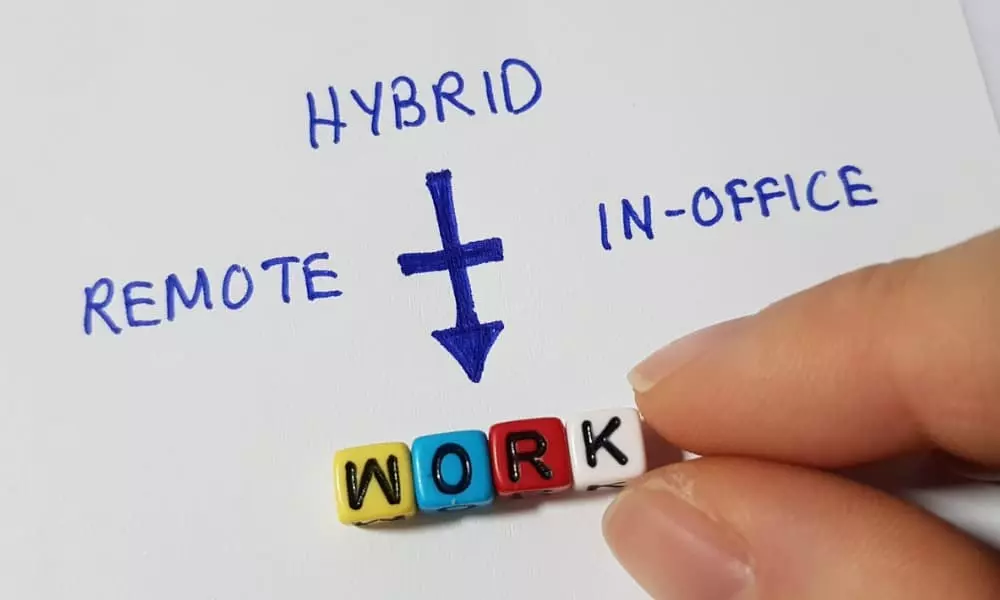Avoid Quiet Quitting to Avoid a Hit to Your Business Goals
Key Takeaways:
- Quiet quitting is raging among organizations today: it’s estimated that 50% of employees are quiet quitters.
- These are employees who have disengaged from their job and do only the bare minimum.
- Millennials are the main participants in quiet quitting.
- This demographic will soon hold 75% of jobs globally. They value purpose over a paycheck, and leaders must provide it.
- Simply firing and hiring won’t solve the problem. Hiring is expensive, and simply hiring someone new doesn’t solve the root problem.
- It’s time for a new definition of effective leadership.
As a leader with your finger on the pulse of modern business, you’ve probably heard of the “great resignation” and its effects on employee retention and hiring. You also know how expensive hiring a new employee is: $1,500 for an hourly employee, up to 150% of the salary for tech staff, and hiring for the Leadership Team can cost 213% of their salary.
A resignation and its aftermath are one thing. But, more insidious is another alarming trend: quiet quitting. Quiet in that you might not even notice it’s happening, quitting in that these employees are no longer engaged and working toward a common business goal.
Quiet quitting means an employee is fulfilling only the minimum requirements of their position. They put in no more time, effort, or enthusiasm than they absolutely have to to get by. These employees have always existed, but an alarming stat is that these “quiet quitters” now compose at least half of the American workforce. And disengaged employees outnumber those who are engaged by 1.8 to 1.
It takes effective leadership – and the right actions – to put a halt to quiet quitting. In this article, we’ll tell you how leadership teams can spot quiet quitters and how to avoid quiet quitting to keep your employees genuinely engaged and productive. Let’s begin.
Who are the quiet quitters?
The quiet quitter demographic leans strongly toward millennials, representing 35% of the American labor force. By 2025, these workers – born between 1981 and 1996 – will hold 75% of jobs globally. These workers tend to value purpose over a paycheck, want to grow professionally, desire continual feedback, have to feel they are adding value, and insist on work/life balance.
For future success, you can see why it’s essential to cater to the wants and needs of these millennials. For some of you, it will mean a new way of working day-to-day and a new definition of effective leadership. But before you can create a plan to deal with quiet quitters, you must know how to identify them.
Spotting the quiet quitter
Quiet quitters are mentally checked out of their job. They are dissatisfied for any number of reasons and do just enough to collect a paycheck. In a large company, these people can operate under the radar. In a smaller company, they may be more obvious, but sometimes the signs can be subtle. With remote work, the signs can be even more difficult to spot.
Context is important here. Some employees are marginal from the get-go, and that’s a different problem. Who you’re looking for are those who were formally enthusiastic, productive company evangelists and whose behavior has changed.
The in-office quiet quitter
It’s estimated that the quiet quitting phenomenon costs companies $150 billion per year. These workers have always existed, invisibly draining organizational engagement and productivity. Here are some of the warning signs of a quiet quitter.
They are chronically disengaged
With a disengaged employee, you’ll see decreased productivity or a decline in the quality of work. Look for missed deadlines, submission of subpar work, a lack of creative and innovative thinking, and doing only the bare minimum.
They withdraw socially
Some people are introverts and don’t socialize much with coworkers. What you’re looking for here is a change in behavior: minimized interaction, avoidance of company social events, spending much time alone, and offering no contribution during meetings.
Attendance issues
Employees who frequently miss work, come in late and leave early, or take long breaks during the day show an apparent lack of enthusiasm for the job. Your front-line managers can likely name those who seem to be ill or suffer a calamity most Fridays or Mondays. The bottom line suffers through overpaid wages for lowered productivity.
Grumble, grumble, grumble
Everyone complains about work stress on occasion. But constant negativity is something else and can bring down the morale of a team, department, and company. Complainers, finger-pointers, and defeatist attitudes are all clear characteristics of some quiet quitters.
These employees also don’t take advantage of training and development initiatives and don’t take on new challenges. It’s about minimal effort, after all. Some of these same signs are displayed in the remote quiet quitter. Let’s take a look.
The tell-tale signs of the remote quiet quitter
Quiet quitters are mentally checked out, but instead of quitting, they decide they’re just going to do less. Both in-office and remote quiet quitters are also using their work hours to focus on personal projects. When such employees are working in the office, these things are pretty easy to spot. With remote workers, not so much. Look for the same things as above and these additional clues.
Lack of meeting participation
Do you have an employee who, despite their presence being required, just doesn’t bother to attend meetings? That’s a quiet quitter. In other cases, the employee attends the meeting but is disinterested and doesn’t contribute.
They aren’t reachable
Remote work usually comes with some flexibility in working hours, but one sign of the quiet quitter is ignoring core working hours. This shows no respect for company rules and standards or those of their peers.
They are isolated
Remote work doesn’t exist in a vacuum. To do their best work means being active in chat channels, bringing ideas to the table, and participating in and providing input regarding how work is done. An employee who is not participating is likely isolating themselves mentally and emotionally from the workplace – a sign they are quiet quitting.
Lack of initiative
If that employee who was formerly brimming with ideas falls suddenly silent, you could have a quiet quitter on your hands. It’s a sign that they don’t want to give any more of themselves to your company because they just don’t care about it any longer.
A word of caution: Every employee that displays these behaviors is not a quiet quitter. They might just be burned out. However, the leadership actions you take to stop and avoid quiet quitting can help prevent burnout as well.
Effective leadership actions to avoid quiet quitting
The problem of quiet quitting is a psychological one. Workers today don’t just want a salary. They want work that is both challenging and interesting, growth opportunities, they want to create meaningful relationships, and they want to feel they are supported.
This requires leaders to build strong relationships with employees that include trust and support and realize that high-quality work embodies what they want from their employer. It’s about a holistic approach to employment that shows an understanding that work and workers have undergone a paradigm shift. The old ways of working are, for all intents and purposes, extinct. Here’s how to stop quiet quitting.
- First, ask why. Assumptions are no good here. Effective leadership means understanding a problem and then coming up with a solution. There’s not going to be just one problem. Some employees may want better work/life balance, while others feel they need more training. To do this, you need open and honest discourse.
- Transparent, frequent communication. An annual performance review is useless when it comes to avoiding quiet quitting. Isolation and a lack of engagement can be helped with regular one-on-one meetings with their managers, but employees must hear from executive leadership. This can be done through company-wide meetings, although one-on-one conversations are even better for fostering real engagement with overall company goals.
- Ask for input for decision-making. Understanding the whys and wherefores of company goals and policies helps improve participation, collaboration, and overall trust. Productivity receives a boost, too, because employees can embrace and realize the importance of their contribution to company success and the rewards that come from it.
- Provide professional development. Today’s employees want a path to career growth. Ensure they have opportunities to learn new skills or improve their current ones.
To be a truly effective leader, you must be a role model. Do you walk your talk? Do you come across as motivated and enthusiastic? Are you proactive about engaging with employees and asking for their opinions? It’s essential to build a culture of trust that empowers your employees to make decisions that benefit both themselves and your company.
Want to learn more about avoiding quiet quitting and effective leadership? At the Profit Recipe, we teach leaders of all stripes to be more self-aware, embrace their vulnerability, and learn to delegate effectively to lead by design, not by accident. We understand the leadership skills entrepreneurs need for success and can show you how to elevate your company and your team.
New and experienced leaders can become the kind of coaches and managers who direct valuable, engaged, and productive teams that drive growth. Let us support your entrepreneurial journey – schedule a call with one of our experts today or send us a message.



